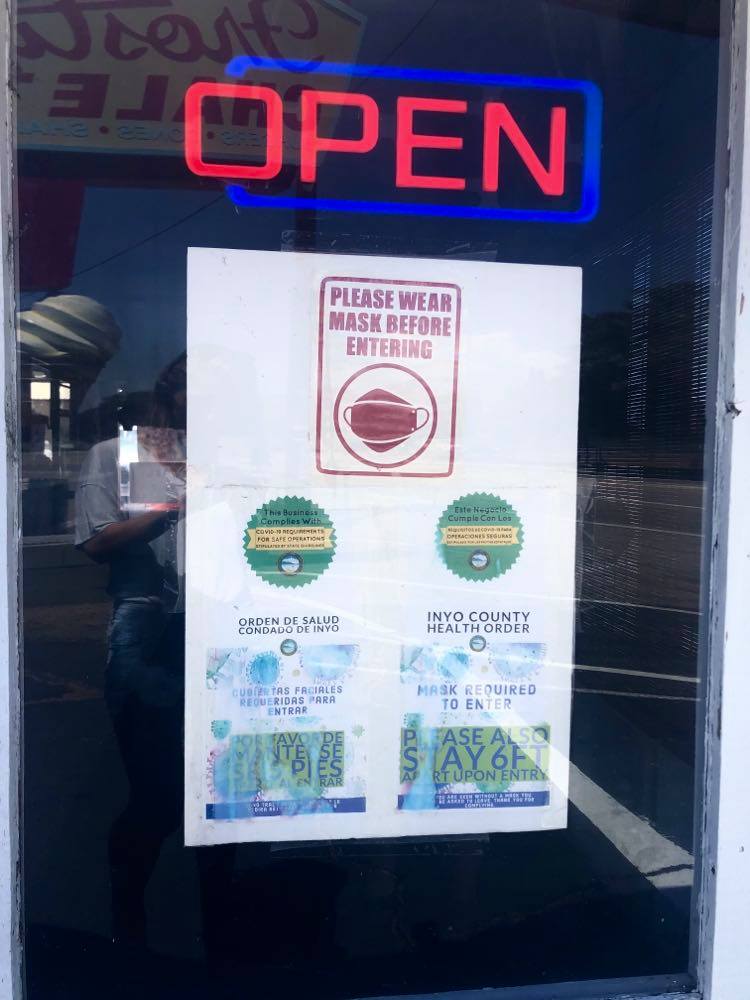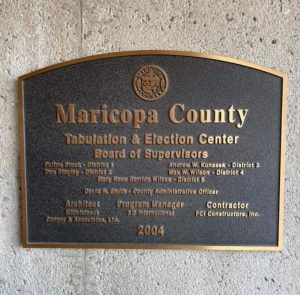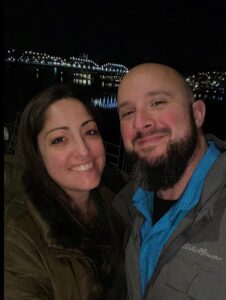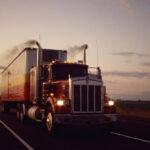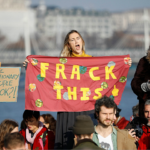After spending the summer so far in Florida, I flew to Los Angeles over the weekend for a friend’s wedding. (Actually, I flew to L.A. then drove to Nevada for the wedding – they had to relocate it because California Gov. Gavin Newsom’s restrictions on gatherings had no end in sight as the wedding planning came down to the wire.)
Being in California, where Newsom finally allowed businesses to reopen on June 15 after more than a year of closures, felt like going back to a point in time other parts of the country were at a year ago. People wearing masks on default and businesses just now announcing they’re “now open” were common sights in other parts of the country last year, but these are still the status quo in blue Los Angeles County and even in some rural parts of California.
Even though Los Angeles’s recent mask guidance is a recommendation, not a mandate, many people still wore masks. One woman had a mask on while she stood alone outside waiting to cross the street. Another woman appeared to be masked while jogging. A man selling bouquets of flowers on the side of the highway in the hot sun sported a bandana tied around his nose and mouth. Several waited at bus stops with disposable masks pulled down under their chins.
When some of my group stopped to eat at a poke restaurant in Rowland Heights, a sign on the door demanded even vaccinated people mask up, and everyone inside was complying. When two of my friends didn’t have masks with them, a stranger went out to his car and brought them masks from a box he carries around, so they could be served.
Even in rural places like Lone Pine, California — which, with a population of roughly 2,000 people, isn’t even designated a town — the remnants of mask culture were surprisingly strong. While most people weren’t masking, several were.
At a cash-only burger stand that looked to be from at least the 1950s, all indoor seating had been removed and a sign noted “please wear mask before entering … if you are seen without a mask you will be asked to leave.” Several other patrons dutifully wore masks, but no one in my group of four did, and no one bothered us about it.
Sign in Lone Pine, California.
“A few people I know say they like wearing masks,” the friend I’m visiting tells me. She also notes the public schools where she lives in L.A. are still far from fully open, and students who do get to attend in-person are still forced to mask.
Masks weren’t the only sign of a behind-the-times COVID recovery. Back in L.A., a church sign still advertised “hybrid indoor and outdoor worship.” A high school’s announcement billboard flashed at passersby: “practice social distancing” and “wash your hands.” Pharmacies still prominently offered COVID testing.
Countless restaurants hung massive vinyl signs telling patrons “we’re open for dine-in,” “we are back,” and “now open for dine-in.” In Florida, I went out to dinner for the first time post-lockdown on May 23, 2020. Now Californians are doing the same thing, more than 13 months later.
Even in Bishop, California — a city of fewer than 4,000 people in the Owens Valley — signs advertised “takeout” and “patio seats.” Another one encouraging “Stay Strong Bishop” evoked an attitude of crisis that was applicable a year ago but seems worn out now.
Across the Sierra Nevadas in Carson City, Nevada, I overheard the clerk at my hotel ask her manager: “Can we get rid of these Plexiglas things now that people are vaccinated?” She was told no.
The Los Angeles airport also maintained Plexiglass dividers between seats at a laptop-charging counter. The airport was crowded: a sign of the holiday weekend as well as a delayed reopening boom. (Another reflection of these factors, and of inflation, was the expectedly high price of gas: up to $5.59 a gallon.)
Like most airports, LAX required everyone to wear a mask, and everyone I saw did so — though I pulled mine off on the way to baggage claim and no one accosted me. In contrast, several people joined me in unmasking in the Orlando airport when I got home.
A final sidenote observation from the trip was how drastically the handout-induced labor shortage has hurt industries like airlines. After my flight out of Orlando was delayed, I went to the customer service desk to change it, only to find a sign telling me to see a gate agent for help instead.
When I found my gate, the agent was helping a man in my same predicament and sent us both back to customer service promising someone would be there soon. No one showed, so I went to check the new gate from which my flight would now supposedly leave. No one was there. Finding an agent at a gate that was actively boarding, we got ahold of a customer service representative, who did nothing to help us before a stroke of good luck sent our flight back to its original time.
As businesses large and small try to recover from lockdown slumps while competing with government checks, states like California are only now allowing society to emerge from panic-fueled closures. Blue governors like Newsom have put their states a year behind the rest of the country, and it shows.

